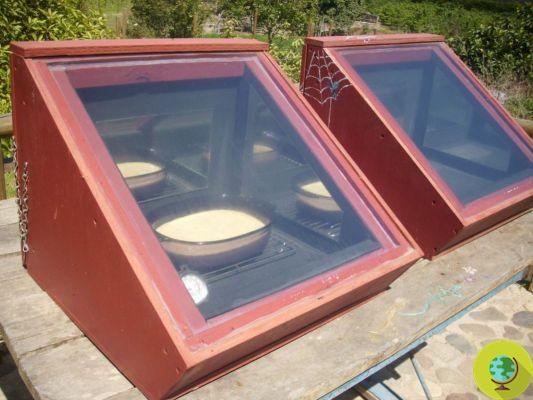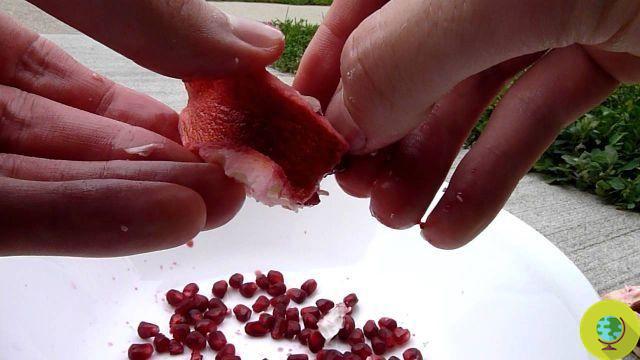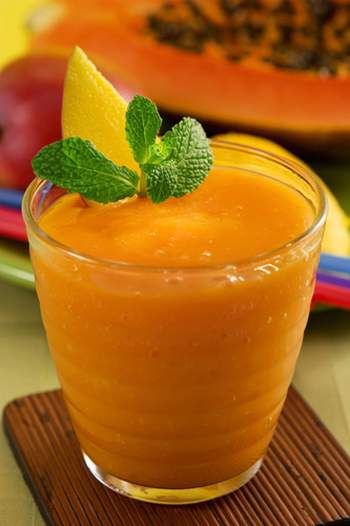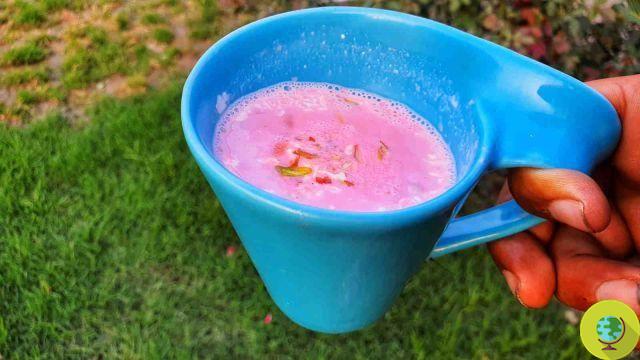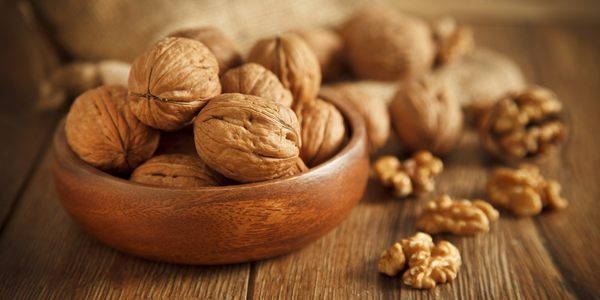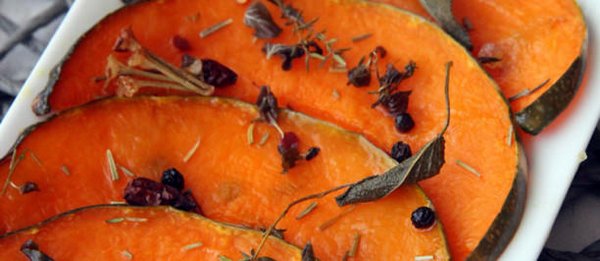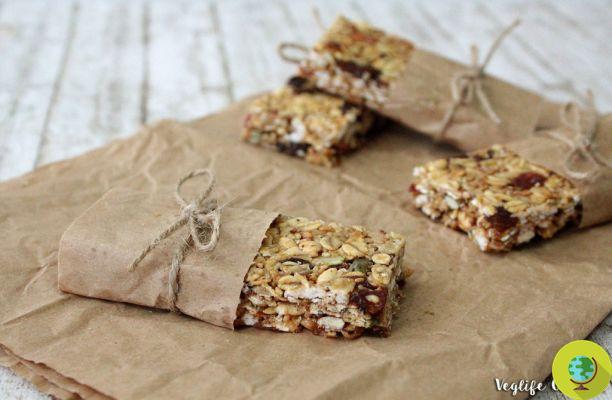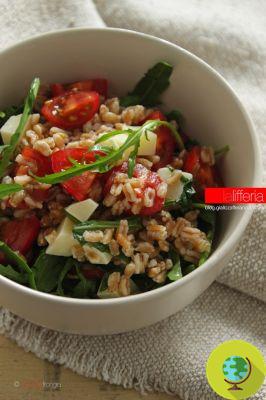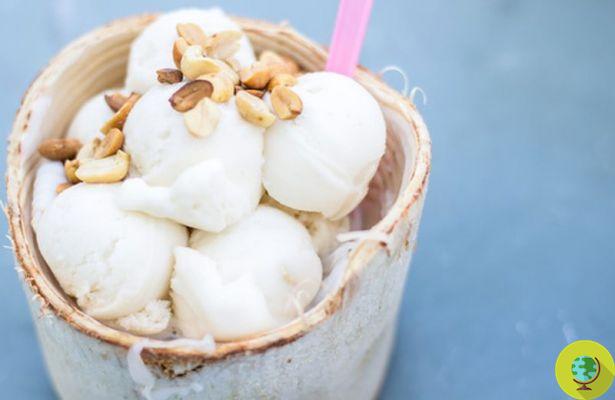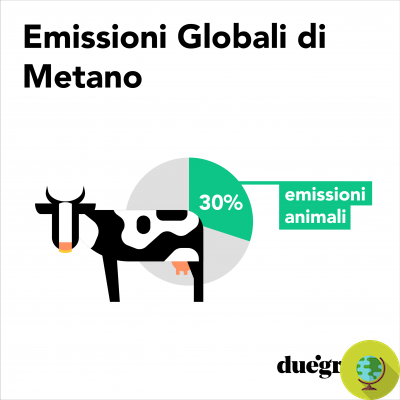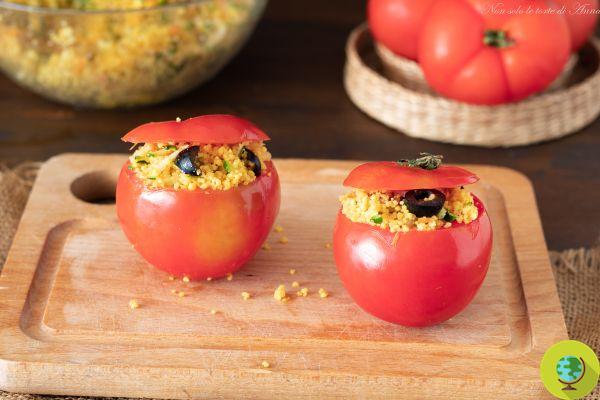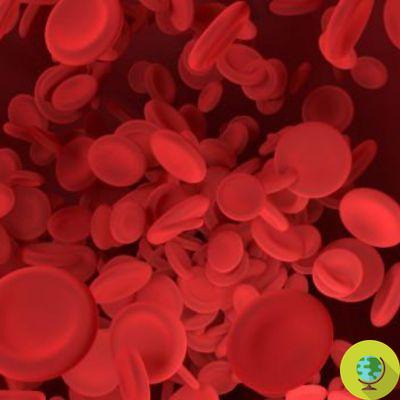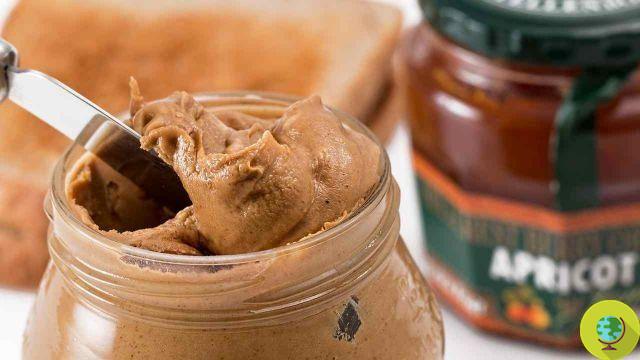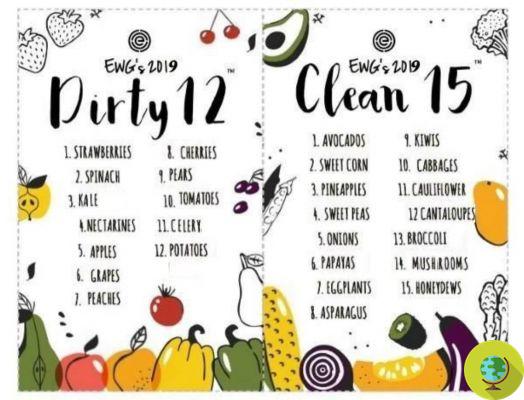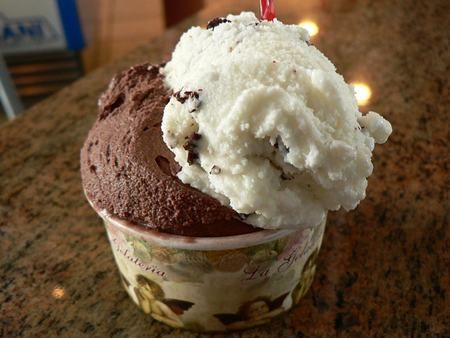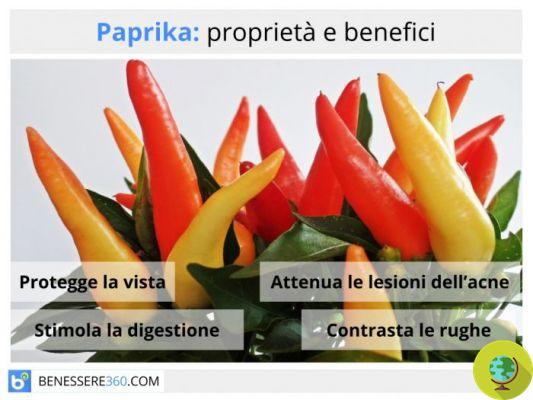
Paprika, or paprika, is a sweet or spicy spice used in cooking as a condiment. The introduction of paprika in Europe took place thanks to the Hungarians who learned its use from the Turks.
Don't store avocado like this: it's dangerousLa p, or paprika, is a spice with a sweet or spicy flavor used in cooking as a condiment. The introduction in Europe took place thanks to the Hungarians who learned its use from the Turks. Let's find out the uses, properties and benefits of paprika.
Do you know how paprika is made? To derive the paprika powder which is commonly used in the kitchen, the peppers are left to dry after having freed them from the white part. Once dried, they are ground. Peppers in Hungarian are called "paprika" just like the spice itself. Paprika is also popular in Indian, Austrian, Spanish and Moroccan cuisine.
Properties and benefits of paprika
Paprika has a high content of Vitamin A, beta-carotene and lutein. It is rich in vitamins useful to protect blood vessels, among which we find vitamin E. It contains vitamin B6, considered useful for preventing hair loss.
In addition the paprika presents antibacterial properties. Contains iron, useful for preventing anemia .. It is a source of antioxidants that help prevent the signs of aging and keep our body young. It can help improve circulation.
Its vitamin C content is beneficial for both eyes and skin. In addition to iron, paprika contains other essential minerals for our body, such as magnesium, potassium and phosphorus. It also contains folic acid and vitamin K. The presence of lutein and zeaxanthin is useful for protecting eye health.
A single teaspoon of paprika contains over 100% of the vitamin A that we should be taking every day based on the recommended daily allowance (RDA). The richness of antioxidants in paprika la make a beneficial spice for keep the skin young and shiny. Including paprika in your diet could help prevent acne and varicose veins, as it is protective for both the skin and blood vessels.
Finally, presents anti-inflammatory, antibacterial and digestive properties; for its content of capsaicin - lower, however, than chilli - it helps lower blood pressure. Thanks to all these benefits we can include paprika among the health spices.
Uses of paprika
We find for sale sweet paprika e spicy paprika, but also the smoked paprika. Paprika is spicy when the insides of the pepper to which the seeds are attached are also ground. We can choose the type of paprika we prefer according to our tastes. If we don't like spicy, better choose sweet paprika.
Paprika is very popular in Hungary and in Hungarian cuisine. In Europe it is mainly used for season boiled or baked potatoes. In Hungary it is one of the spices used in the preparation of goulash. Traditionally, the peppers used to prepare paprika are hung up to dry in the open air, just like our peppers.
This spice is used in cooking to flavor numerous savory dishes. Paprika is also used for the preparation of spice mix, like the masala typical of Indian cuisine. We can also find it in powdered “curry” along with turmeric, mustard, coriander, cumin and black pepper.
Paprika it's used especially for season and flavor soups, stews and rice dishes. The taste of paprika is more pronounced if this spice is heated with a little oil before adding it to the chosen dish as a condiment. Try this little trick next time you want to season one of your dishes with paprika.
Marta Albè
Photo source: Dinner Series
Read also:
10 spices of health
Spices and aromatic herbs to combine with each vegetable
Curry: all the health benefits of its spices and how to make it at home




